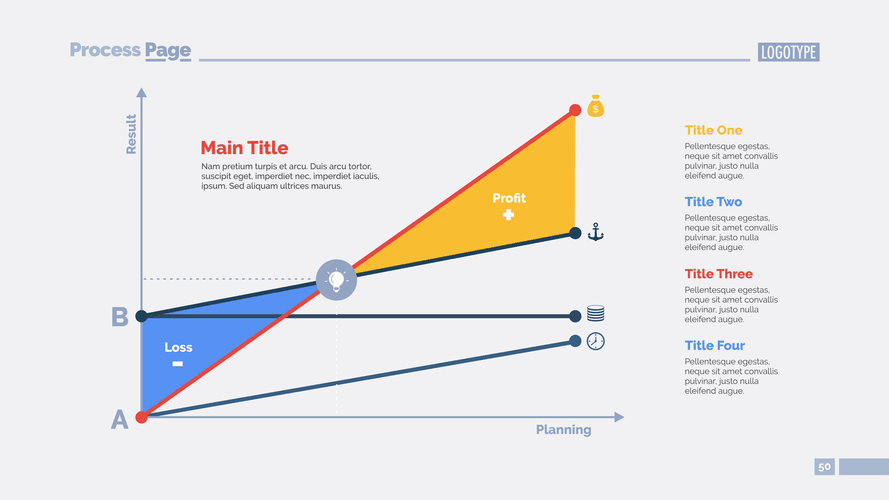
All businesses, whether they are large or small, need to generate these statements to monitor their actions. The frequency of conducting vertical analysis depends on the company’s reporting requirements and the need for financial analysis. It can be done quarterly, annually, or whenever there is a need to evaluate financial performance. Vertical Analysis refers to the income statement analysis where all the line items present in the company’s income statement are listed as a percentage of the sales within such a statement. It thus helps analyze the company’s performance by highlighting whether it is showing an upward what is a vertical analysis or downward trend. Both express financial statement items as percentages of a base figure within the same statement.

Balance Sheet Horizontal Analysis
For example, one line item may be listed as a percentage of gross sales, while another is listed as a percentage of total assets. In this vertical analysis, we can see that the cost of goods sold constitutes 56.67% of the total revenue, gross profit is 43.33% of revenue, operating expenses are 25%, and net income is 18.33% of revenue. In vertical analysis, the balance sheet is examined by expressing each asset, liability, and equity figure as a percentage of total assets.
Navigating Crypto Frontiers: Understanding Market Capitalization as the North Star

When using horizontal analysis, balance sheet totals for two periods are required. In this example of vertical analysis, you can see that you only need to use balance sheet items from a single accounting period. One of the major benefits of vertical analysis is that it makes it simple to report to and communicate with stakeholders. A ratio-based approach makes it easy to provide a clear picture of financial health, with very little need for background information or detailed notes. When you apply vertical analysis to an income statement, it lays out a straightforward and transparent picture of a company’s spending patterns. This clarity facilitates discussions and strategic evaluations of that expenditure.

Horizontal Analysis of Balance Sheet
If the company wants to use vertical analysis to see how their AR is doing, they would calculate AR in percentage of their entire balance sheet which would be 25% ($100,000 retained earnings of $400,000). If they want to calculate their inventory, it would be 20% while using vertical analysis ($80,000 of the $400,000 total). Horizontal analysis might be comparing the ratio of variable expenses over a period of three years.
- Therefore, line items on an income statement can be listed as a percentage of the business’s gross sales.
- It’s a simple way to refine forecasts, compare yourself to competitors, and maintain control over your company’s financial health.
- Gain expertise in private equity investing with our comprehensive certificate program, blending academic rigor with practical insights from industry leaders.
- This method simplifies comparison between companies of different sizes and helps identify trends or anomalies in financial structure.
- By leveraging these practical applications, you can harness the power of vertical analysis to enhance financial decision-making and improve overall business performance.
- Analysts look at various metrics, such as revenue, expenses, and profit margins, over time to establish trends.
- This means Mistborn Trading saw an increase of $20,000 in revenue in the current year as compared to the prior year, which was a 20% increase.
Horizontal Analysis of Income Statement
Before you can begin a vertical analysis, you must first have a current balance sheet prepared for the accounting period that you wish to analyze. To complete a vertical analysis for your balance sheet, you’ll need to perform this calculation for each line item that is currently listed on your balance sheet. The cost of goods sold (COGS) for 2017 is \$45,377, which when divided by net sales gives a COGS percentage of 78.1%. This indicates that a significant portion of sales revenue is allocated to cover the cost of goods sold. The gross profit, calculated as net sales minus COGS, is \$12,704, resulting in a gross profit percentage of 21.9%. Here, analysts and FP&A teams can get a clear view of the company asset allocation, look at how liabilities compare to company assets, and review the equity structure of Suspense Account the business.

